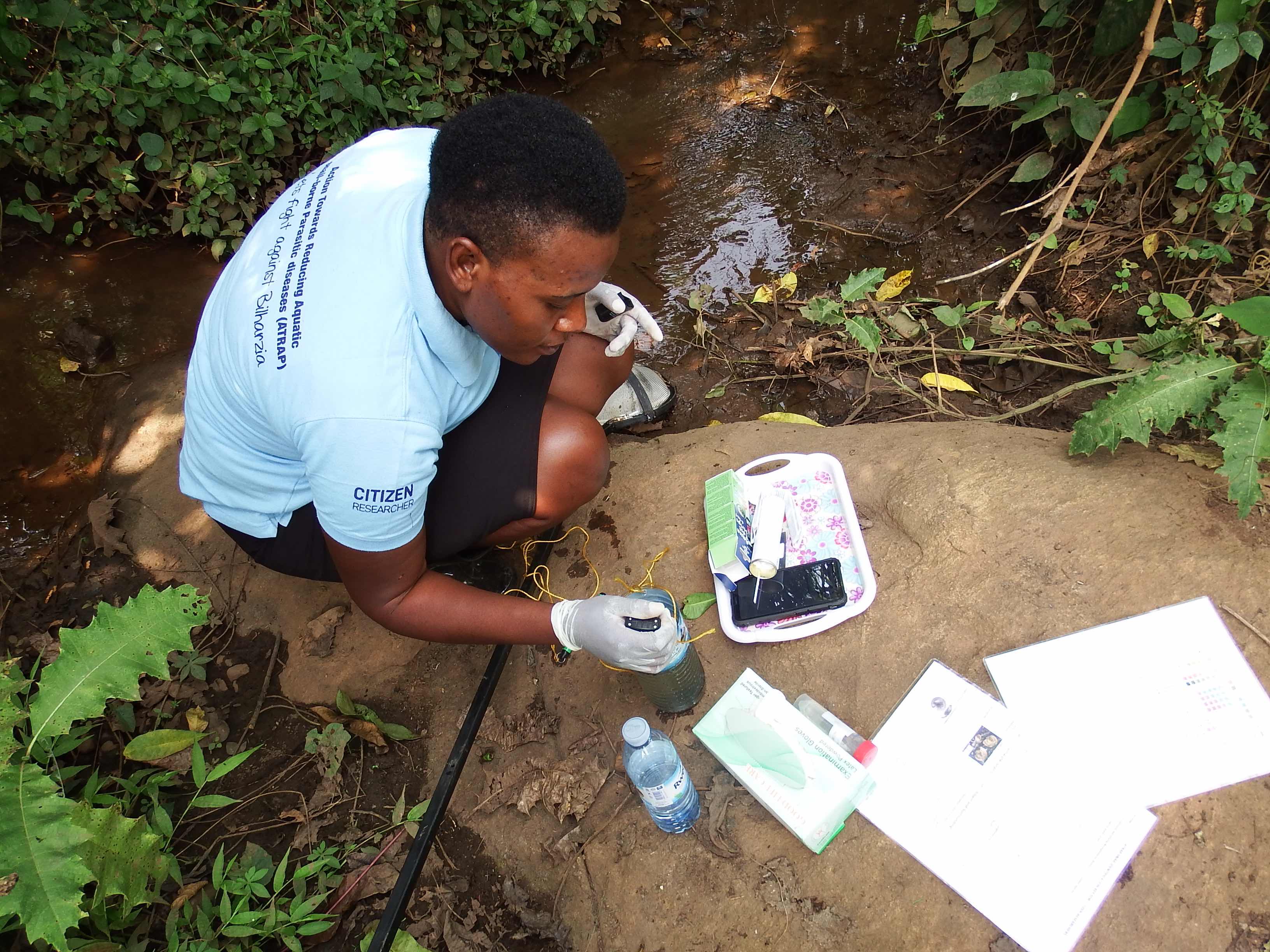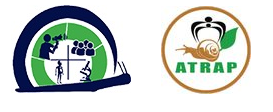Sampling and monitoring
Snail sampling

Community-level sampling
Citizen scientists, trained and equipped through the ATRAP project, conduct regular sampling in local water bodies. Their knowledge of local environments, combined with practical training, makes their role essential for early detection and community-based monitoring. This level ensures continuous presence in the field, boasts data collection, fosters ownership and generates 'local snail experts'.

Expert-level sampling
Trained researchers or malacogists conduct monthly in-depth sampling and identification in the same water contact sites as the citizen scientsist. This work complements community-level efforts by ensuring high data quality, assessing infection rates, and guiding strategic interventions.

eDNA (Environmental DNA) monitoring
At the molecular level, ATRAP employs cutting-edge eDNA technology to detect the presence of schistosome parasites and their snail hosts in water sources. This approach allows for sensitive, large-scale environmental monitoring, even when snail populations are low or infections are not visibly apparent.
Data analysis

Data verification and quality assurance
All reports submitted by citizen scientists undergo expert verification. This includes confirming species identification, classification and geolocation data. This process ensures that citizen-generated data meets scientific standards and is robust enough to inform public health responses.

Snail identification and classification
Snail samples collected by the expert teams are examined in the laboratory to confirm species and understand the distribution of vector snails in different environments. Both morphological and genetic methods are used for accuracy..

Parasite detection
Using microscopy and molecular diagnostics (such as PCR), the snails colllected by the experts are assessed for schistosome parasites. This allows us to monitor infection rates, identify high-risk areas, and track changes over time.
